观星指南(2022.08)
八月份的天空会发生什么?拿起你的双筒望远镜来观测行星,展望英仙座,以及和天鹅座一起翱翔。
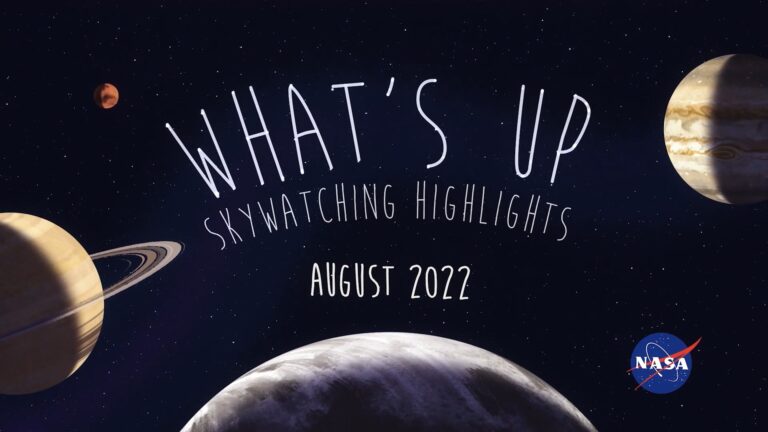
八月份的天空会发生什么?拿起你的双筒望远镜来观测行星,展望英仙座,以及和天鹅座一起翱翔。
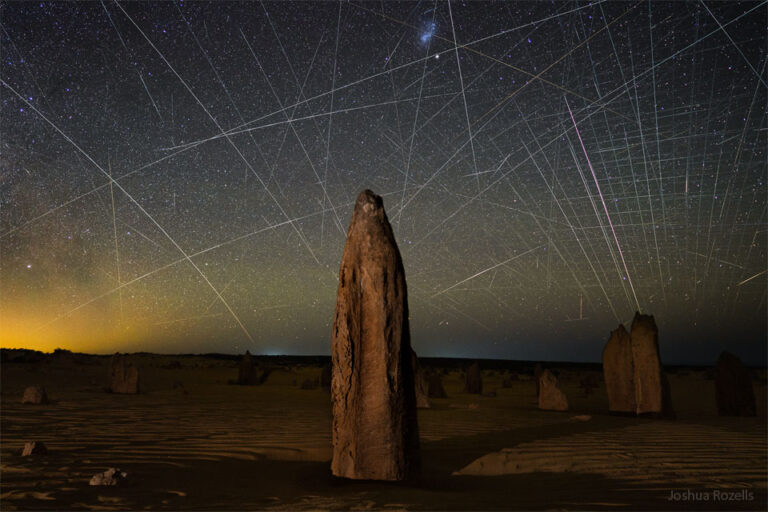
2022年6月14日 Satellites Behind Pinnacles Image Credit & Copyright: Joshua Rozells Explanation: What are all those streaks across the background? Satellite trails. First, the foreground features picturesque rock mounds known as Pinnacles. Found in the Nambung National Park in Western Australia, these human-sized spires are made by unknown processes from ancient sea shells (limestone). Perhaps more eye-catching, though, is the sky behind. Created by low-Earth orbit satellites reflecting sunlight, all of these streaks were captured in less than two hours and digitally combined onto the single featured image, with the foreground taken consecutively by the same camera and from the same location. Most of the streaks were made by the developing Starlink constellation of communication satellites, but some are not. In general, the streaks are indicative…
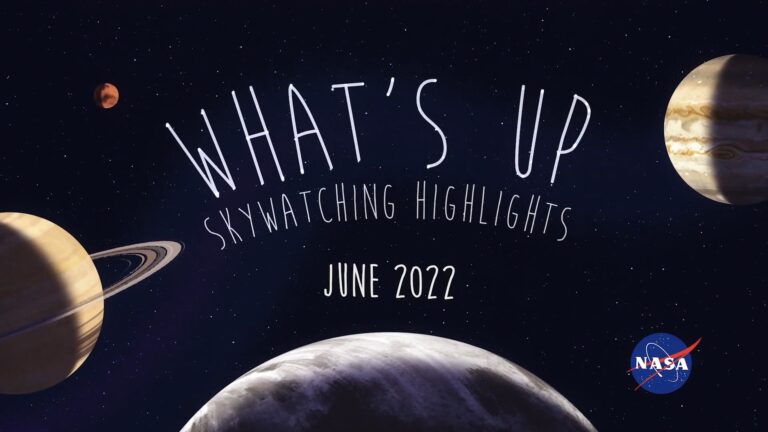
6月份的天空会发生什么?行星解体,知名星团和天琴座的最佳观测。
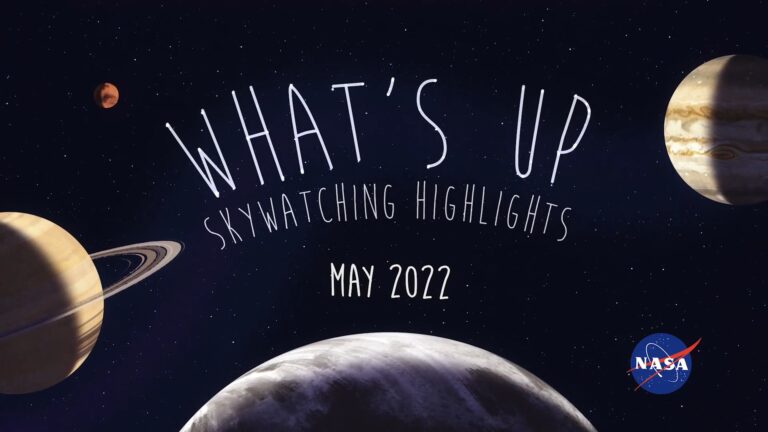
5月份的天空会发生什么?昏星和晨星,月食和后发星系团。
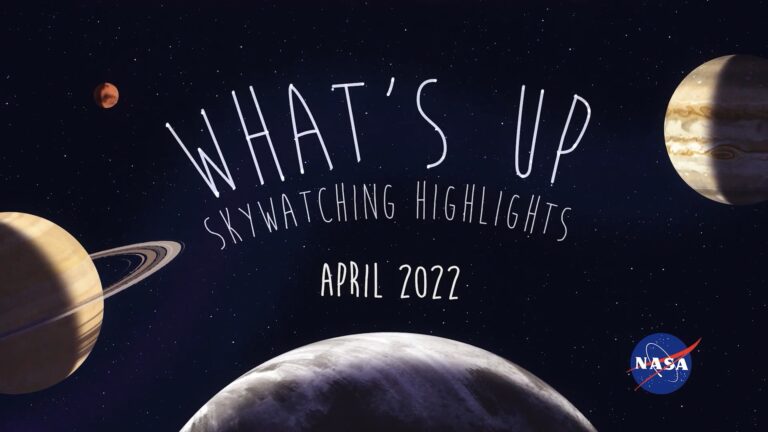
4月份的天空会发生什么?行星近合和北斗七星中隐藏的惊喜。

3月份的天空会发生什么?认识早晨的行星、最近的星团,还有自己动手寻找系外行星。
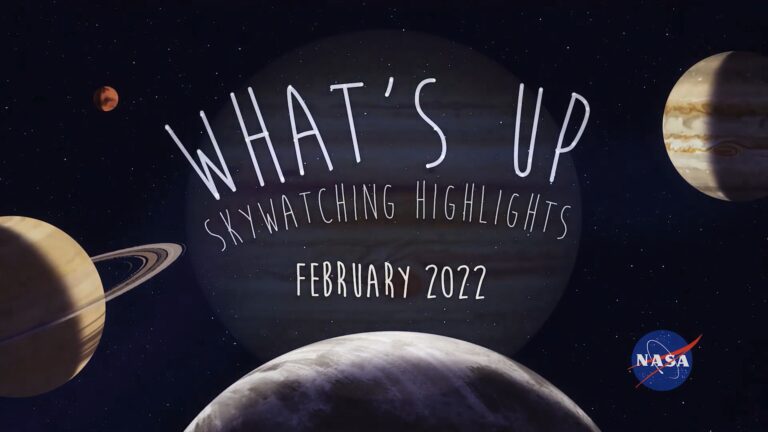
二月份的天空会发生什么? 木星退场,金星亮度达到峰值,以及隔壁的恒星形成云。 影像来源:NASA/JPL-Caltech 翻译:灼眼的粉丝 在过去的两个月里,随着土星和金星的离开,木星是二月份在我们暮色天空中剩下的唯一一颗明亮的行星,而它即将消失。这颗巨大的行星孤零零地矗立在2月日落后的西方天空中。到本月中旬,它仅比太阳晚一小时落下。一旦木星在2月底离开,在8月之前日落后的天空将基本上没有肉眼可见的行星,直到土星将在日落时分开始在东方升起。(不过,在4月和5月的一小段时间里,你可能会看到水星短暂地出现在地平线上。) 木星是二月日落后唯一肉眼可见的行星。 图片来源:NASA/JPL-Caltech 你必须回到4年前,也就是2018年3月,才能找到没有明亮行星的黄昏天空。所以在木星消失之前抓住它,并期待它在四月成为一颗晨星。 说到早晨的天空,金星的亮度将在2月中旬左右达到一年中的峰值。它在凌晨4点左右与火星一起升起,在日出前的东南方向低空可见。金星是我们太阳系中所有行星中最亮的,因为它高度反射的云层完全覆盖了它的星球。 金星于2月26日与火星和新月形成三重奏。 图片来源:NASA/JPL-Caltech 但它在我们天空中的亮度会有所不同,这取决于它离地球的距离和它的相位。事实证明,金星最亮的时候并不是离地球最近的时候,而是在它几乎接近地球并且仍然向我们展示一个大而明亮的新月相时。 所以请欣赏金星的新月,这是它最亮的时候,并期待金星在2月26日上午与月球和火星形成三重奏。 二月是欣赏夜空中最受欢迎和研究最充分的景点之一的最佳时机:猎户座大星云。猎户座星云是由气体和尘埃组成的巨大星云,成千上万的恒星在这里诞生。事实上,它是距离我们太阳系最近的大型恒星形成区域,距离我们大约1,500光年。猎户座星云明亮的中心区域是一个巨大空腔,由少数超大质量年轻恒星发出的强烈紫外线雕刻而成。 在2月的晚上,在高空寻找猎户座,猎户座星云是双筒望远镜和望远镜的轻松目标。 图片来源:NASA/JPL-Caltech 2月的晚上很容易找到猎户座星云,因为晚上8点或9点左右猎户座将出现在南方的高处。寻找猎人腰带上的三颗恒星,然后找到悬挂在其下方形成猎户座之剑的恒星,在这条恒星线的中心是一个看起来有点模糊的恒星。那就是星云。在相对黑暗的天空下,肉眼可以看到它,用双筒望远镜可以很容易地看到它是一团模糊的雾霾。而通过望远镜观看,你将永远不会忘记这一景象。 这是二月的月相。 图片来源:NASA/JPL-Caltech 在nasa.gov网站上随时了解NASA探索太阳系及其他地区的所有任务。 我是来自NASA喷气推进实验室的普雷斯顿·戴奇斯,以上就是2月份的天象。 参考来源: https://solarsystem.nasa.gov/skywatching/whats-up/
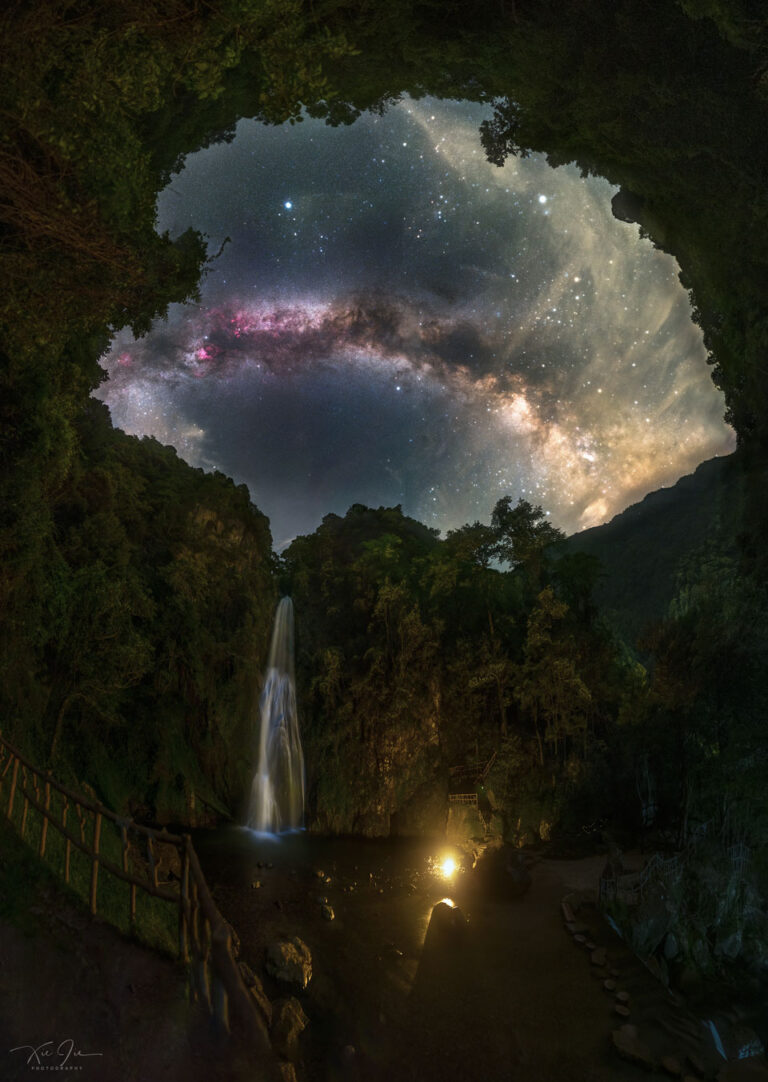
2021年11月01日 A Waterfall and the Milky Way Image Credit & Copyright: Xie Jie Explanation: The dream was to capture both the waterfall and the Milky Way together. Difficulties included finding a good camera location, artificially illuminating the waterfall and the surrounding valley effectively, capturing the entire scene with numerous foreground and background shots, worrying that fireflies would be too distracting, keeping the camera dry, and avoiding stepping on a poisonous snake. Behold the result — captured after midnight in mid-July and digitally stitched into a wide-angle panorama. The waterfall is the picturesque Zhulian waterfall in the Luoxiao Mountains in eastern Hunan Province, China. The central band of our Milky Way Galaxy crosses the sky and shows numerous dark dust filaments and colorful nebulas. Bright stars…

2020 April 24 Around the World at Night Video Credit & Copyright: Jeff Dai (TWAN, IDA), Music: Peter Jeremias Explanation: Watch this video. In only a minute or so you can explore the night skies around planet Earth through a compilation of stunning timelapse sequences. The presentation will take you to sites in the United States, Germany, Russia, Iran, Nepal, Thailand, Laos and China. You might even catch the view from a small island in the southeastern Pacific Ocean. But remember that while you’re home tonight, the night sky will come to you. Look up and celebrate the night during this International Dark Sky Week. Tomorrow’s picture: light-weekend 世界各地的夜空 视频来源&版权:Jeff Dai (TWAN, IDA), 音乐:Peter Jeremias 说明: 请观赏这部影像。经由观看这部由令人惊艳的缩时影像系列接成的影片,用大约1分钟就能探索世界各地的夜空。影片呈现的夜空,来自美国、德国、俄罗斯、伊朗、尼泊尔、泰国、寮国和中国的数个地点,也包括东南太平洋的小岛(复活岛)。不过请别忘了,纵然今晚你在家并未远行,夜空还是会来到你眼前。且让我们抬起头来观赏夜空,一起庆祝这个国际夜空周。 明日图片预告:light-weekend
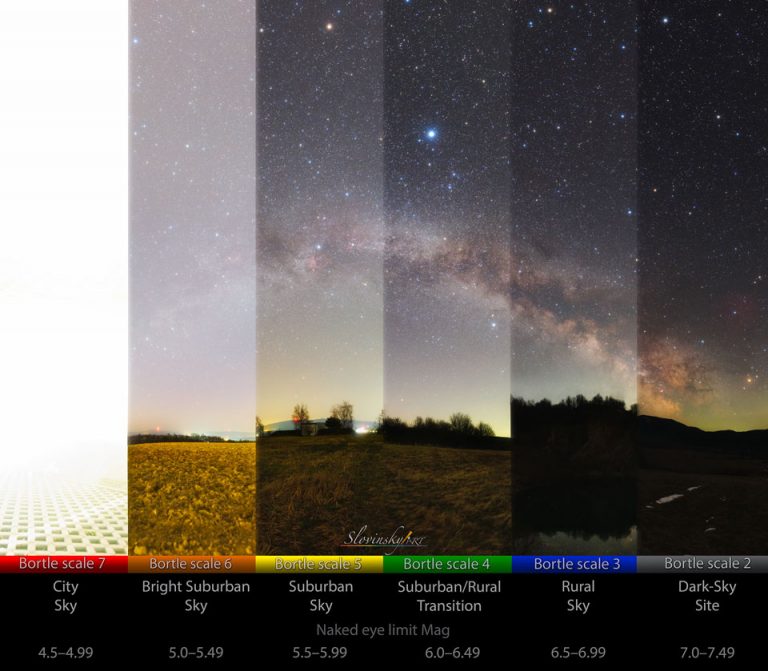
2020 April 8 Country Sky versus City Sky Image Credit & Copyright: Tomas Slovinsky; Text: Matipon Tangmatitham (NARIT) Explanation: Dark skies are disappearing from the world. With modernization comes artificial lighting that brightens the night. While these lights allow modern humans to see, much light is wasted up into the sky. This light pollution not only wastes energy, but, when reflected by the Earth’s atmosphere back down, creates a nighttime brightness that disrupts wildlife and harms human health, while doing very little to prevent crime. Light pollution is also making a dark night sky a scarcity for new generations. While there is little that can be done in large cities, rural country areas could benefit from lighting that is fully shielded from exposing the night…